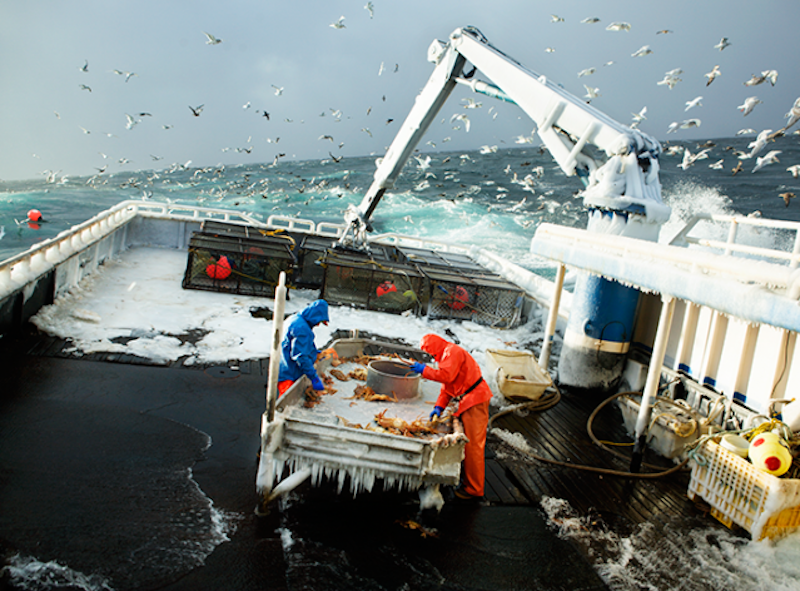In March, The Paris Review launched The Art of Distance, a newsletter highlighting unlocked archive pieces that resonate with the staff of the magazine, quarantine-appropriate writing on the Daily, resources from our peer organizations, and more. Read Emily Nemens’s introductory letter here, and find the latest unlocked archive pieces below.
“There is, of course, a great deal to grieve about this long stay-at-home term, but among the things I am truly grateful for—in addition to all the frontline workers who are keeping us safe—is the quiet wellspring of awareness that bubbles every day. So many things were right here all along, in my home, if only I hadn’t been too busy to notice them. For instance, I know my family better than I did eight weeks ago. Having spent all this time with them, I like them more, which means I love them better. I can’t regret that. The archive pieces unlocked this week are a grab bag of staff favorites, but I’d like to think of them collectively as a tribute to the handful of unnoticed wonders this strange way of living has the capacity to reveal. It’s a small consolation, I know, but I hope a meaningful one.” —Craig Morgan Teicher, Digital Director
In one of Corey Arnold’s Fish-Work photographs, two fishermen process crabs on a ship’s table as the deck tilts at an alarming angle under their feet. In another, they face a foam-topped wave—taller than they are—apparently menacing the starboard rail. The world might be a pitching ship now; the inexpert sailor might turn from the work, mesmerized by the danger of capsizing. But the people who supply our food—fishermen, farmers, grocers, and couriers, among others—carry on, deft and sure-footed. Here’s hoping that the fleets, threatened by rock-bottom prices because of restaurant closures, can continue to do so, and that we can all find our sea legs as the weather continues to shift. —Jane Breakell, Institutional Giving Officer
Issue no. 119 features a photo from the American artist Carrie Mae Weems’s Kitchen Table series, her pivotal photographic work consisting of twenty different photos of Weems sitting at her kitchen table. The series explores representations of black women in American culture. The chiaroscuro Weems is able to create from just a kitchen lamp is extraordinary. —Rhian Sasseen, Engagement Editor
During a certain period in baseball movies, you couldn’t swing a bat without hitting some unforgettable female characters, from A League of Their Own’s Dottie Hinson to the vivacious Annie Savoy of Bull Durham. Tony Sanders’s poem “The Warning Track,” from the Spring 1993 issue, is of the same era. It introduces readers to Mary, a New Yorker who longs for the trips to Shea Stadium and the ball fields of her youth while tending to a good-for-nothing husband. The poem eventually leaves Mary behind as life marches on, but her nostalgia remains like a kind of ghost, asking, “Could we regroup / and reconstruct the narrative as it was / complete with those spontaneous digressions we found / sitting together in the stands of an abandoned ballpark.” —Lauren Kane, Assistant Editor
The poet Amy Clampitt was a great noticer, professional level. She writes about flowers, landscapes, expanses, details the way Georgia O’Keeffe paints them—not with those hallucinatory colors but with that kind of insatiable attention, that sense of the experienced world as a fact that is always drawing one out of and beyond oneself; that world is also, of course, full of shadows and uneasy undercurrents. But in her Art of Poetry interview, Clampitt recalls that in childhood, “what I most enjoyed was the order of the seasons and especially the arrival of spring, which, when you are small, comes from a great distance.” I think many of us are feeling attuned right now to distances near and far, which, in a way, seem to have switched places. Clampitt’s kind of attention helps me begin to sort it all out. —CMT
There is a funeral parlor at the end of my street. In more common times, that corner is silent. But these past few weeks have been different. When I pass by on some insignificant errand, I sometimes see a driver waiting solemnly by the hearse, or witness the funeral director open the door to someone recently bereaved while trying to maintain a respectful, socially distant six feet. I am reminded of “August Notebook: A Death,” by Robert Hass, in which he reflects on the necessary journeys a body (in this case his brother’s) must make after death. And I’m reminded, too, that during this crisis, and despite the dangers, so many people continue to quietly do their difficult work. —Robin Jones, Publishing Manager
Sign up here to receive a fresh installment of The Art of Distance in your inbox every Monday.
from The Paris Review https://ift.tt/2YSFPKz

Comments
Post a Comment